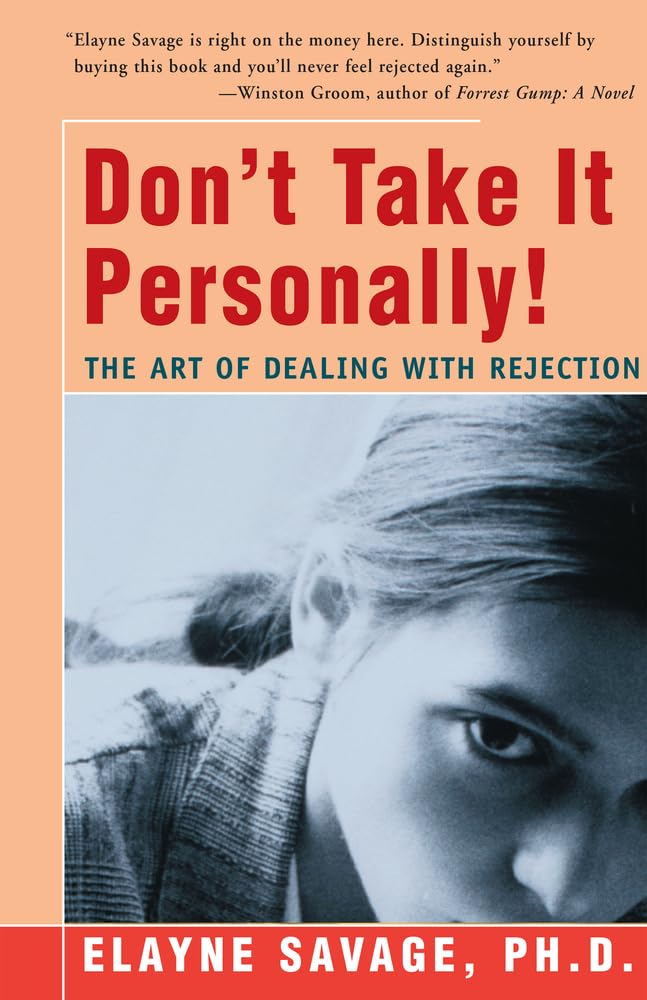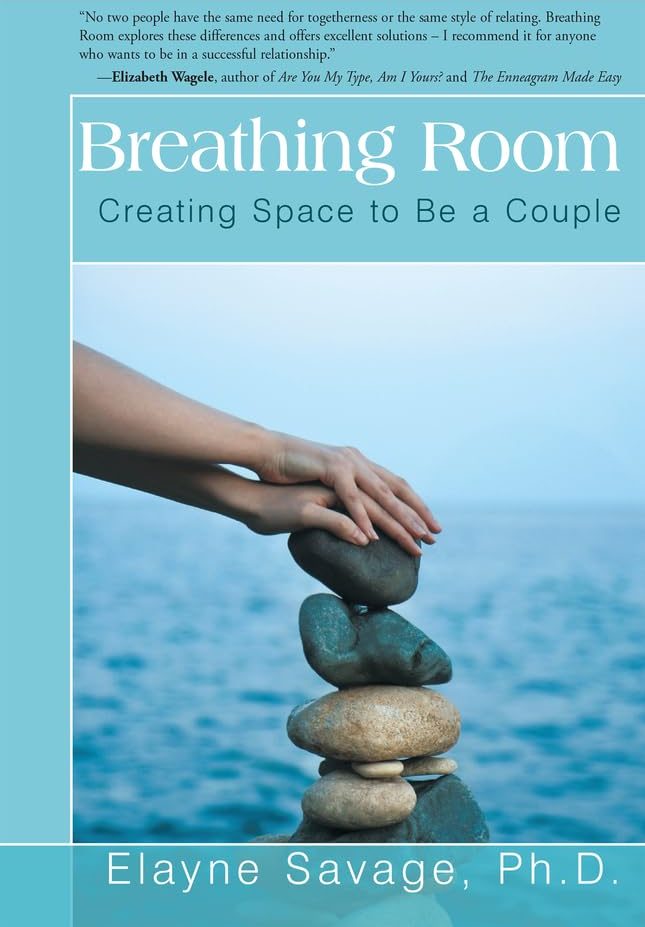by Elayne Savage, PhD
Maybe it’s the insults flying through the air in every direction. I’m hearing consulting and psychotherapy clients describe how disturbed they are by the barrages of personal attacks, ridicule, insults, accusations, rants and taunts from this season’s crop of presidential candidates.
This name-calling is cringe-worthy when it reminds me of my childhood bullying and teasing that so often brought on self-doubt and self-rejection.
It’s painful to watch the desperation in the air as each of these candidates are grasping at straws, grasping at extreme ideas, grasping at excuses, coverups, exaggerations and lies.
These desperate maneuvers remind me of the times I have felt desperate in my life. I start remembering how embarrassed I’ve felt when it results in puffing myself up, foolhardy ideas, truth-stretching and wild-eyed accusations.
When Our Impressions are Discounted Repeatedly
We Learn to Discount Ourselves As Well
Denials and dismissals of what we perceive to be true feels surreal and crazy-making. We begin to doubt our own impressions of experiences. We begin to doubt our ability to trust our perceptions – and ourselves.
Some of us grew up with people telling us we didn't see or hear something: "That didn't happen." "You must have made it up." "I didn't say that — you're imagining it."
Scottish psychiatrist, R.D. Laing calls this 'mystification' . . . an attempt to "befuddle, cloud, obscure, mask" what is really going on and being experienced. It leads to inability to discriminate the actual issues because there is a substitution of false issues for the real issues.
Interestingly, the article Laing wrote begins with: "You can fool some of the people some of the time . . . ."
(More on Mystification in the links below.)
I don't like being fooled.
It brings back uncomfortable childhood memories of how rejecting it is to have perceptions and feelings invalidated.
When our impressions are discounted repeatedly we learn to discount
ourselves as well. This self-doubt leads to self-rejection.
Based on what my clients are telling me, this campaign name-calling is leading to them finding themselves more sensitive than usual to disrespect and rejection. So many clients have been absorbing the negativity of the campaigning and turning it back on themselves. It is triggering old self-rejection messages for them:
“I blurt out ‘Stupid!’ even when I make a small mistake.”
“I feel like a failure, like a loser – I can’t do anything right”
“I’m flawed, defective – like there is something missing."
Let’s take a look at ways perceived rejection impacts self-doubt, self-rejection and self-esteem.
Even though some of these ideas might be familiar to you, this ‘Through-the-Rejection-Lens’ focus may offer a different perspective and provide some missing pieces to the rejection puzzle.
Magnifying Mistakes
Too often we take disappointments personally, inflating and distorting our missteps. We stamp our foreheads: “failure” or “bad” or “unworthy.” In the moment we forget our ability to make corrections.
Wouldn’t it be a relief to be able to put less energy into these debilitating thoughts and to be able to respect our strengths rather than zooming in on our shortcomings?
Negative Messages Stockpile
So how do we manage to do such a flawless job of rejecting and disrespecting ourselves?
Over the years tones and inflections, words and phrases pile up. These subtle and not-so-subtle messages may come from parents, siblings, aunts, uncles, grandparents, teachers, coaches, baby-sitters, or neighbors.
Maybe they were intended, maybe not. Nevertheless these emotional welts and bruises are hurtful, rejecting and cause un-erasable wounds.
To a child many experiences can be traumatic They can range from feeling ignored, invalidated and discounted to physical or sexual mistreatment and to threats of (or actual) abandonment.
Teasing, cynicism, and sarcasm have undertones of anger and we perceive them as rejecting. Then, too, there is verbal battering such as belittling, shaming, criticizing, or publicly humiliating a child.
Rejection doesn’t only arise from harsh words or actions. It’s also present in demeaning looks or tones of voice.
Many of us buy into the “shoulds" and “if only’s” – those self-critical, second-guessing messages we manufacture: "If only I had done it better, differently, more quietly, more quickly, more perfectly."
How we explain these early rejection feelings to ourselves constitutes the messages we carry into our adult years. These messages color our beliefs about ourselves, the safety of our world and our trust of the people in it.
These rejection messages become self-rejecting beliefs hampering us in developing the ability to bounce back from hurts and disappointments. Too often replays of these early messages control our behaviors in personal and workplace relationships.
They become an integral part of our being. Seems we would be glad to be rid of them, yet they offer a kind of security because they are familiar and give a sense of order and organization to our experiences. So we tend to hold on tightly.
As Sheldon Kopp suggests in If You Meet the Buddha on the Road, Kill Him we prefer “the security of known misery to the misery of unfamiliar insecurity.”
Walking Alongside Yourself . . .
It’s exciting to be working with psychotherapy and coaching clients as they begin to step back from their shame and self-blame and begin to realize they can make choices about the messages they tell themselves as well as how long they dwell on these messages.
I call it “walking alongside yourself,” mindfully noticing and naming what just transpired.
Observing provides objectivity and opens up space for making choices such as going back to the fork in the road and trying out another path. The hard part is observing without judgment – in other words, practicing mindfulness.
Noticing old triggers that replay – such as feeling left out, treated unfairly, dismissed, invisible, judged, taken advantage of, betrayed –– allows the chance to choose to make a change.
When thoughts or behaviors remain blind spots, how can you choose to change something you can’t see?
Tips for Transforming Self-rejection into Self-acceptance
– Ask yourself, “Am I taking this personally and feeling rejected in some way?”
– Ask yourself, “Am I setting myself up for disappointment by trying to read someone’s mind or expecting them to read mine?”
– Separate the ‘Then’ from the ‘Now.’ Certain childhood beliefs may no longer carry their earlier power.
– Walk alongside yourself, noticing and naming. Observing gets the flow going and opens up space for options.
– Keep reminding yourself that you do have choices.
– Don’t presume or fill in the blanks — check things out.
– Check in with yourself about your personal boundaries.
– Remind yourself there is a difference between needs and neediness.
– Ask yourself what you want or need each day and from whom.
– Practice asking directly for what you need.
– Ask about the other person’s needs.
– Remember that allowing vulnerability is a strength. It’s very different from feeling vulnerable.
– Remind yourself if you’re uncomfortable in a situation you can take a time-out.
– Practice making eye contact and saying “thank you” to compliments.
This ‘reminder’ helps me out when negativity creeps in: “Try self-respect instead of self-reject.” It’s a handy tool to grab when I need it!
And another helpful reminder for respecting your Self:
Those who love you are not fooled by mistakes you have made or dark images you hold about yourself.
They remember your beauty when you feel ugly; your wholeness when you are broken; your innocence when you feel guilty;and your purpose when you are confused.
~ African Saying
I'd love your comments about the ideas presented here. Does the tone of campaigning affect you as well.
You can post in the 'comments' section on the blogsite or email me at elayne@QueenofRejection.com
Some more information for you:
On Self-rejection:
“Am I Not Good Enough”
http://bit.ly/1UmTkaQ
“Rewriting the Messages of Childhood”
http://bit.ly/1UmTz5w
“Traveling Back in Time – From Self-rejection to Self-acceptance”
http://bit.ly/WZtL0S
On Mystification:
“You Didn’t Hear What You Thought You Heard”
http://bit.ly/1P9BN74
R.D. Laing’s academic article
“Mystification, Confusion & Conflict
http://www.laingsociety.org/biblio/mystification.htm
More on Self-Rejection in my blog archives
TipsFromTheQueenOfRejection.com
© Elayne Savage, PhD
E\
Elayne Savage is the author of ground-breaking relationship books published in 9 languages.
Both books are now available on Kindle!
To order DON'T TAKE IT PERSONALLY! THE ART OF DEALING WITH REJECTION
To order BREATHING ROOM — CREATING SPACE TO BE A COUPLE
REPRINTING THESE e-LETTERS
You can use the articles in 'Tips from The Queen of Rejection'® as long as you include an attribution and, whenever possible, a live link to my website. I'd appreciate if you'd notify me where and when the material will appear.
The attribution should include this information: Elayne Savage, PhD is a communication coach, keynote speaker, and trainer, practicing psychotherapist and author of Don't Take It Personally! The Art of Dealing with Rejection and Breathing Room – Creating Space to Be a Couple.
To find out more about my speaking programs, coaching and consultation services visit: //www.QueenofRejection.com or call 510-540-6230 if you or your group can benefit.
Contacting Elayne
I welcome your feedback as well as suggestions for topics you'd like to see addressed in this e-letter.
Here's how you can reach me:
510-540-6230
www.QueenofRejection.com
For more communication and rejection tips, you can follow me:
Twitter@ElayneSavage
LinkedIn.com/in/elaynesavage
Facebook.com/elayne.savage


Leave a Reply